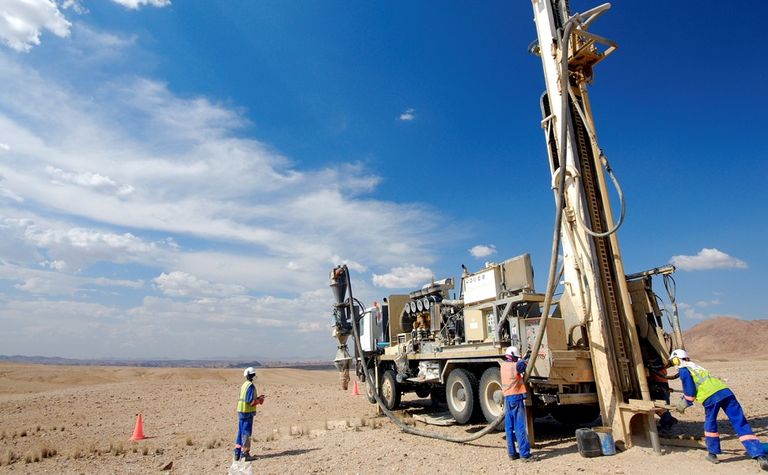The mining life cycle begins with exploration, continues through production, and ends with closure and land use after mining. Mining companies like Collective Mining and consumers can benefit from new technologies throughout the life cycle. We did not include downstream processing in this article, such as smelting or refining minerals. Some of these fields overlap, research, and development from one area will likely cross-fertilize with other fields.
The Geological Method:
Several physical and chemical processes underlie the formation of nonmetallic and metallic ores. The process of ore formation is not well understood, including metal release from source rocks during transport, deposition, and alteration after deposition.
Methods Of Geochemistry And Geophysics:
On the surface, geochemical prospecting, rock, soil, water, and vegetation are analyzed for elements such as mercury and hydrocarbons in soil gases to determine whether a buried ore deposit is present. In addition to being an important tool in discovering mineral deposits, geochemical techniques are still commonly used for exploration today.
Environmental And Health Concerns That Should Be Considered During Exploration:
Here are the following factors that you should consider during exploration.
- Water quality, both underground and above ground;
- Existing soils contain traces of trace elements;
- Mercury and arsenic in ores, which are both elements of concern;
- Industrial mineral operations may contain asbestiform minerals;
- Climate, geology, and sulfide mineral abundances are all factors that may contribute to acid rock drainage;
- The location of ore bodies with aquifers;
It may also be time for miners to reexamine the factors mentioned in tackling the crisis in mineral exploration that contributes to exploration success. Miners can increase their chances of not only spending the right amount of time and money in the quest for ore bodies but discovering these bodies in the first place by incorporating these practices into their exploration strategy formulation.
Things to consider:
- Whenever possible, aim for big, simple targets. Don’t go against nature; work with it. Exploration of large orebodies makes much more sense than exploring shoots or veins, for example. Rather than pursuing complicated or exotic deposits, remain pragmatic.
- Drilling strategy and ROI should be aligned. Drilling should be optimized to maximize return on investment. Develop caving methods that allow you to develop deep deposits, such as incline holes for penetration through difficult terrain, and deploy new caving techniques to develop deeper deposits.
- Joint ventures are an option to consider. Partnerships with local companies that understand key factors such as the political landscape are a great way to ease entry into countries where you have no previous experience.
- Persistently and patiently work. A greenfield terrain with confirmed mineralization should be tested for a minimum of three years. And remember that it can take as long as 12 years from mine discovery to startup.
Make a digital tool more meaningful by using ‘boots and hammers.’ Computers have become more capable of recognizing ore deposit patterns thanks to artificial intelligence. However, such technologies should be used in conjunction with the expertise and skills of geologists on the ground. Specifically, geologists should be permitted to spend longer in the field (rather than ‘flying in and flying out’). This will provide insights and observations that will complement those provided by digital instruments. Some companies like Collective Mining are making sure to use the latest technology and machinery to ensure the safety of everyone and to make the work more efficient.
Conclusion
Miners must develop smarter exploration strategies if they are to flourish. To implement the practices described here, you have to be willing and capable of challenging some long-held assumptions and making moves that might seem counterintuitive at first.













